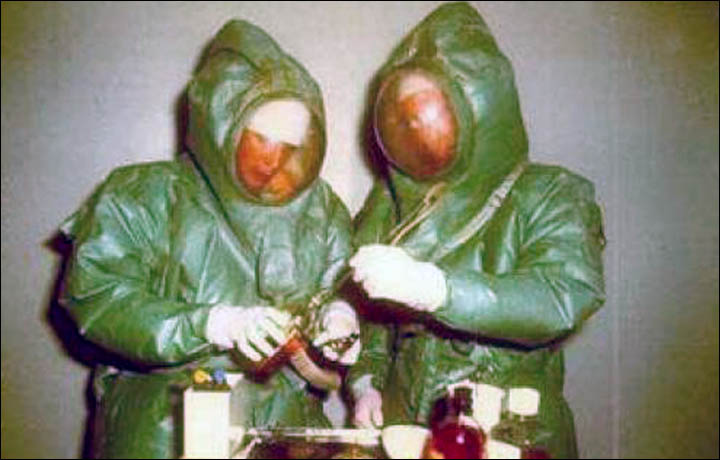
'02_AG/A might be the most virulent form of HIV in Russia,' warned Natalya Gashnikova, head of the Retroviruses Department at Vektor, in the scientific city of Koltsovo. 'The number of HIV-positive people living in the Novosibirsk Region has leaped from about 2,000 in 2007 up to 15,000 in 2012,' said a RIA Novosti report. And 02_AG/A accounts for more than 50 percent of new HIV infections.
'The new strain isn't limited to Siberia but has been detected in the Caucasus as well as in the central Asian republics of Kyrgyzstan and Kazakhstan', said Vektor in a statement.
HIV-1 is the most common strain, and divides into subtypes based on various forms that are grouped in geographic regions around the world.
According to the UN, Eastern Europe and Central Asia is the only region in the world where the HIV infection is clearly on the rise - and 52 percent of HIV-positive people in that region live in Russia, reported RIA Novosti. The scientists say the threat from the disease remains poorly understood in Russia, with 'underfunding' of research into the spread and properties of new HIV strains. Critics say a lack of sex education in Russian school contributes to a high HIV infection rate from lack of awareness about sexually transmitted diseases and protection against them.



Reader Comments
to our Newsletter